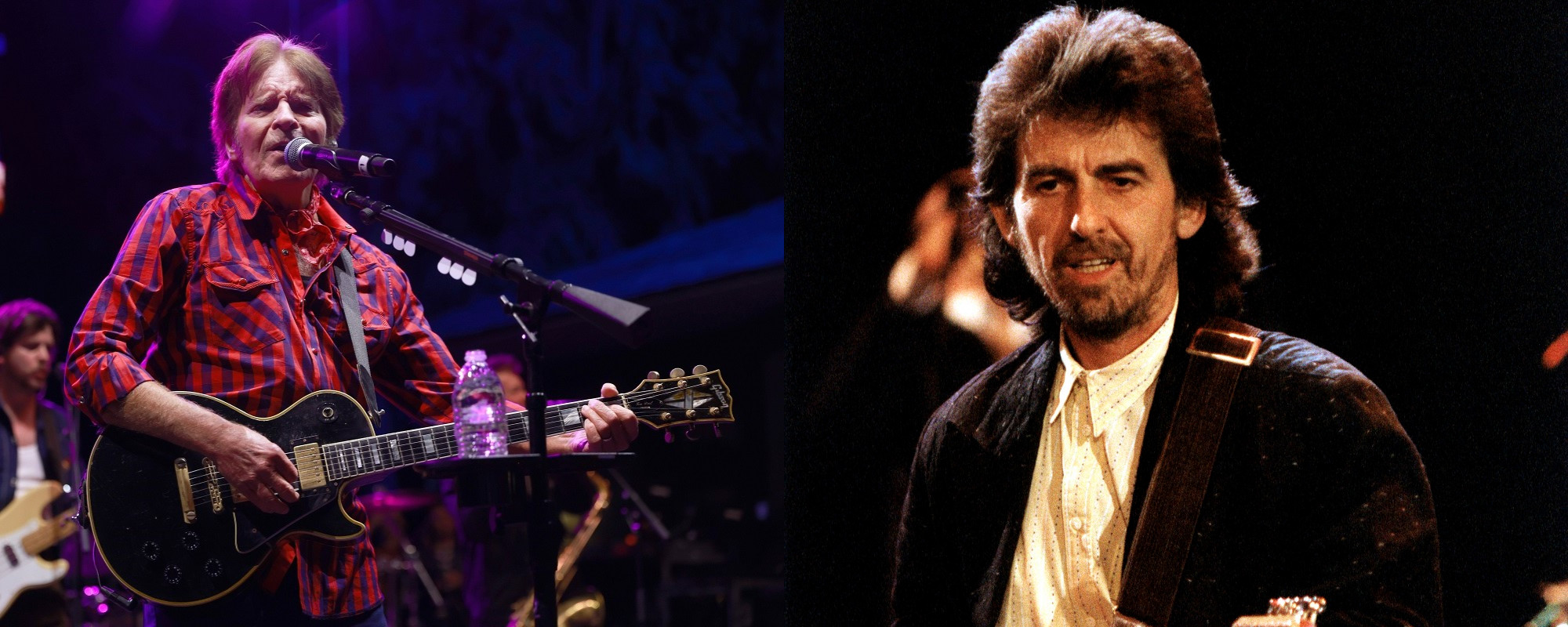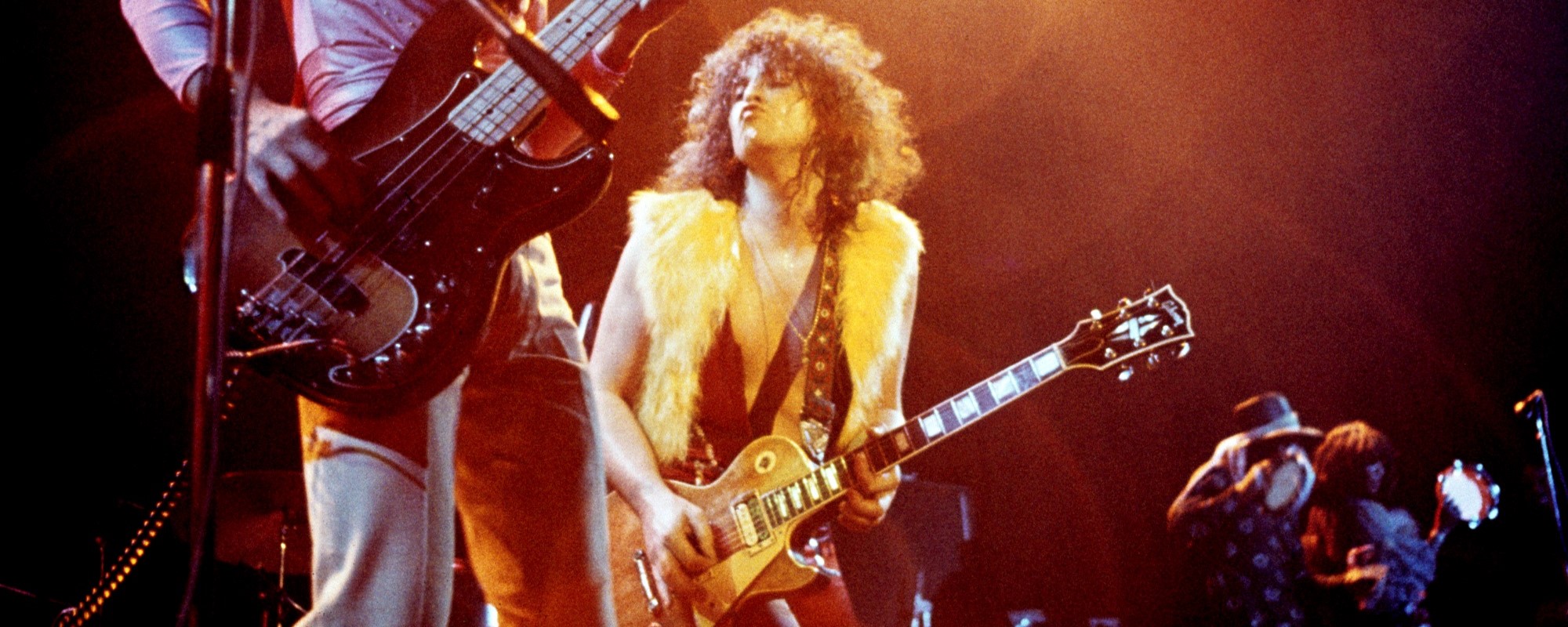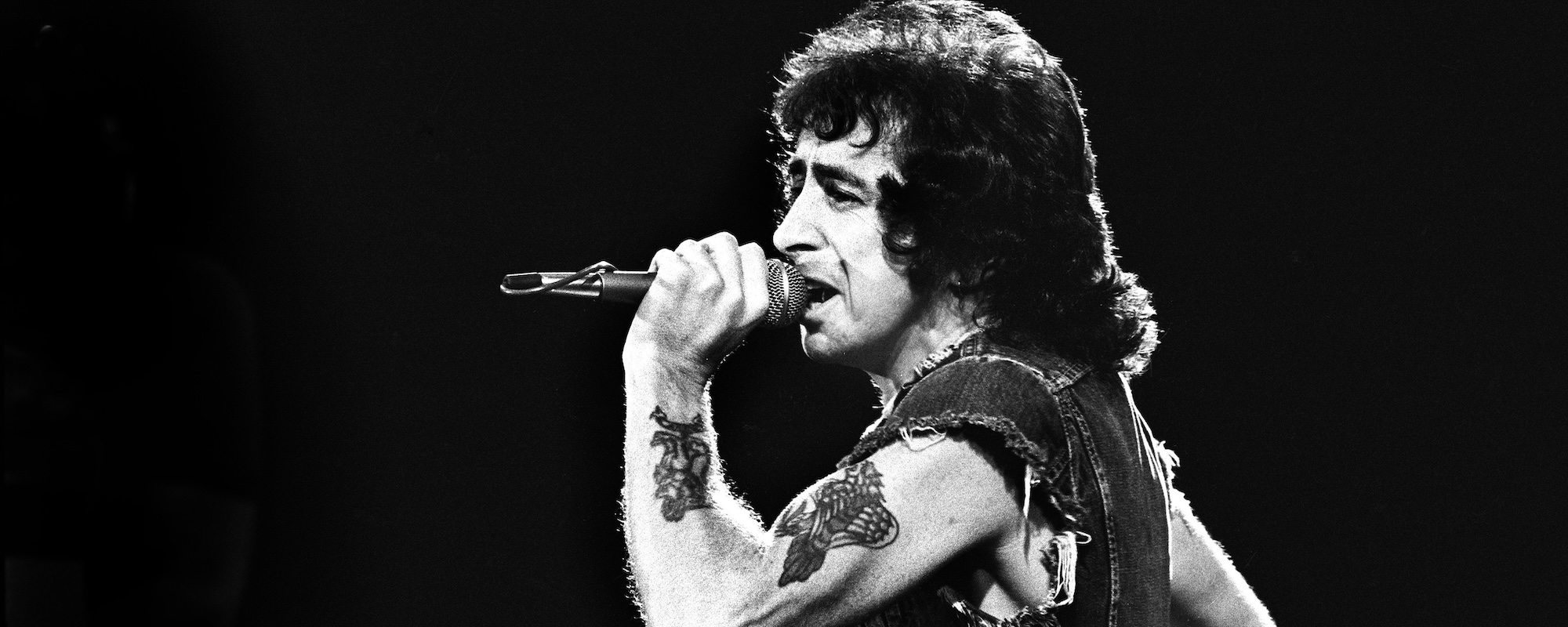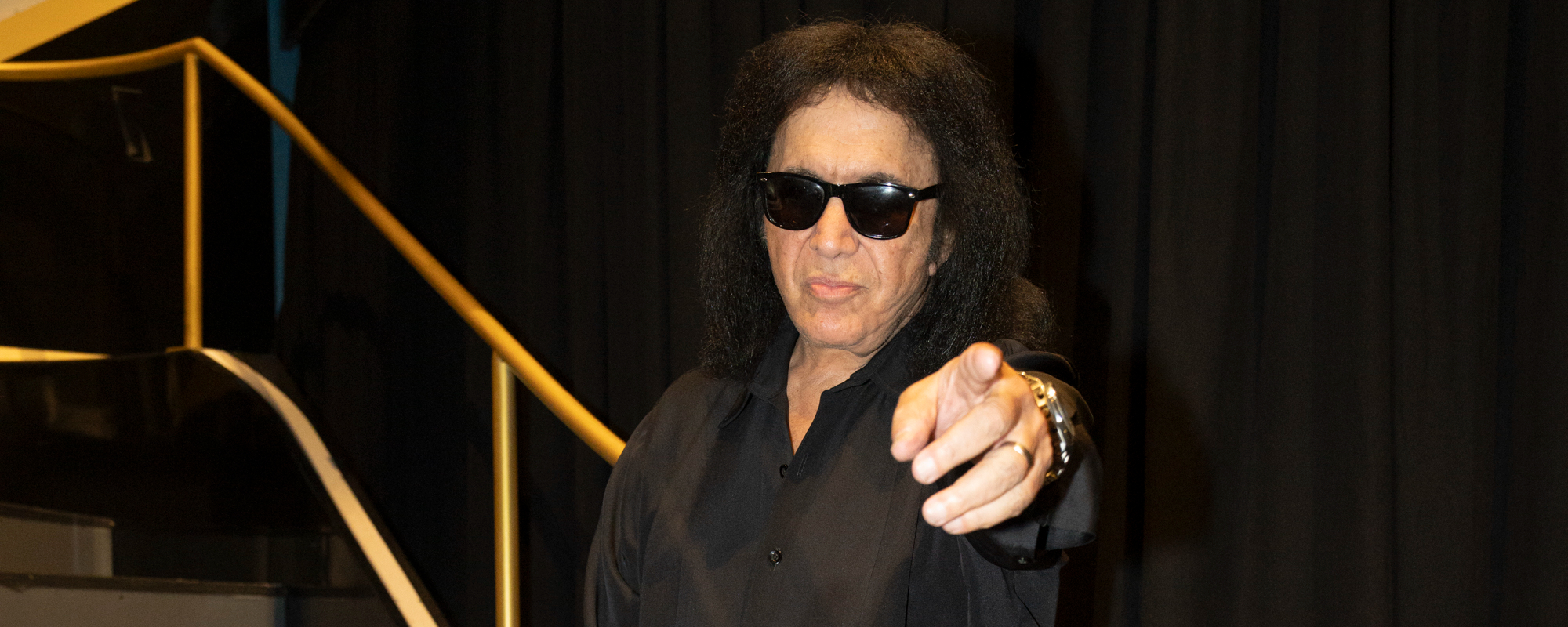Change is inevitable but can be dangerous territory for rock bands.
Videos by American Songwriter
There’s immense pressure to give the audience what it wants. A popular term for this is “audience capture.” The financial incentives are obvious, and often, the bands that don’t change quickly become nostalgia acts.
But rock musicians are stubbornly defiant by nature. Whether out of boredom, curiosity, or both, some of rock’s greatest bands have drastically altered their sound. In doing so, they also transform rock history. From David Bowie to Pink Floyd to Wilco, many artists refused to be pigeonholed into their familiar sounds.
So here are three of rock’s greatest reinventions.
Radiohead
Radiohead always seemed uneasy with their success from the start. When “Creep” became a global alt-rock hit, the band ran in the opposite direction. There’s a song on The Bends called “My Iron Lung,” where Thom Yorke sings, This is our new song / Just like the last one / A total waste of time. ’Nuff said. When Radiohead released OK Computer in 1997, they continued their march against “Creep” and traditional rock music.
However, most were not prepared for their groundbreaking fourth album Kid A. Yorke had traded his guitars for drum machines, ditched the very idea of writing choruses, and even became disenchanted by melody. Kid A is an absolute masterpiece and it not only changed Radiohead but it also challenged the very notion of the rock band.
U2
When U2 sold out massive concerts in the late ’80s, they weren’t doing so by coasting on their glory days. This wasn’t The Rolling Stones. The Irish band was at the height of their powers on The Joshua Tree. Then came the backlash. Critics trashed Rattle and Hum (though some writers like this one will happily defend it. See “All I Want Is You,” “When Love Comes to Town,” and “Desire.”)
Still, the band needed a change to survive. They nearly broke up while searching for a new sound. When the Berlin Wall fell, the world changed with a reunified Germany, and so did U2. They worked at Hansa Studios in Berlin, where David Bowie recorded his legendary Berlin Trilogy. And U2 began experimenting with electronic and dance music. Yet, the song that saved them arrived from The Edge’s quaint guitar riff in “One.”
The Beatles
The blueprint for a rock band reinvention first happened in the 1960s. Rock and roll was still relatively young then, so the genre was ripe for evolution. The Beatles helped shape the future of rock music while also challenging the limits of recording technology. They were also inspired and pushed on by Bob Dylan and The Beach Boys. And both The Beatles and The Beach Boys were making pioneering albums in reaction to each other.
The Beatles’ most notable changes first happened on Beatles for Sale and John Lennon’s self-described “Dylan period” of songwriting. It continued with Help! and, more strikingly, on Rubber Soul. George Harrison introduced Western audiences to the sitar on Rubber Soul’s “Norwegian Wood (This Bird Has Flown)” and helped produce a new genre called raga rock. But they weren’t finished. Revolver utterly transformed how artists made records. At the time, it seemed like The Beatles were breaking EMI’s gear. Instead, they established what became industry norms in studio recording.
Of course, their transformation continued with Sgt. Pepper’s Lonely Hearts Club Band. Then the studio innovations were scaled back on the self-titled and colloquially called White Album. Eventually, The Beatles would “Get Back” to their roots. But listen to the transformation between “I Saw Her Standing There” (1963) and “Tomorrow Never Knows” (1966).
Photo by Jon Super/Redferns











Leave a Reply
Only members can comment. Become a member. Already a member? Log in.